
Oaxacan Food & Drink
Oaxacan food, while sharing many of the ingredients and spices we commonly encounter in the States, is unique to the region, and will no doubt expose you to new flavors and textures that stand out from what our palates are used to. The diverse geography and the 17 recognized indigenous communities in the area continue to inspire and influence the food of Oaxaca. Both ingredients and cooking methods are often determined by where in the state of Oaxaca the food comes from. Corn, beans, chili peppers, cheese, salsa, and meats continue to be mainstays in the cuisine, but taste distinctly different based on herbs, spices, local ingredients, and preparation methods used. Chocolate, mezcal, corn drinks, worm salt, and grasshoppers are prevalent on menus and are widely used to build flavors, in ceremony, and for gift giving. This page serves as a simple intro to some of the more common foods of Oaxaca to help get you acquainted the local fare. Be prepared to have your mind blown by the complex flavors of Oaxacan food. No amount of descriptors will do justice to the culinary adventure that awaits you.
Hover over images to read more about these dishes

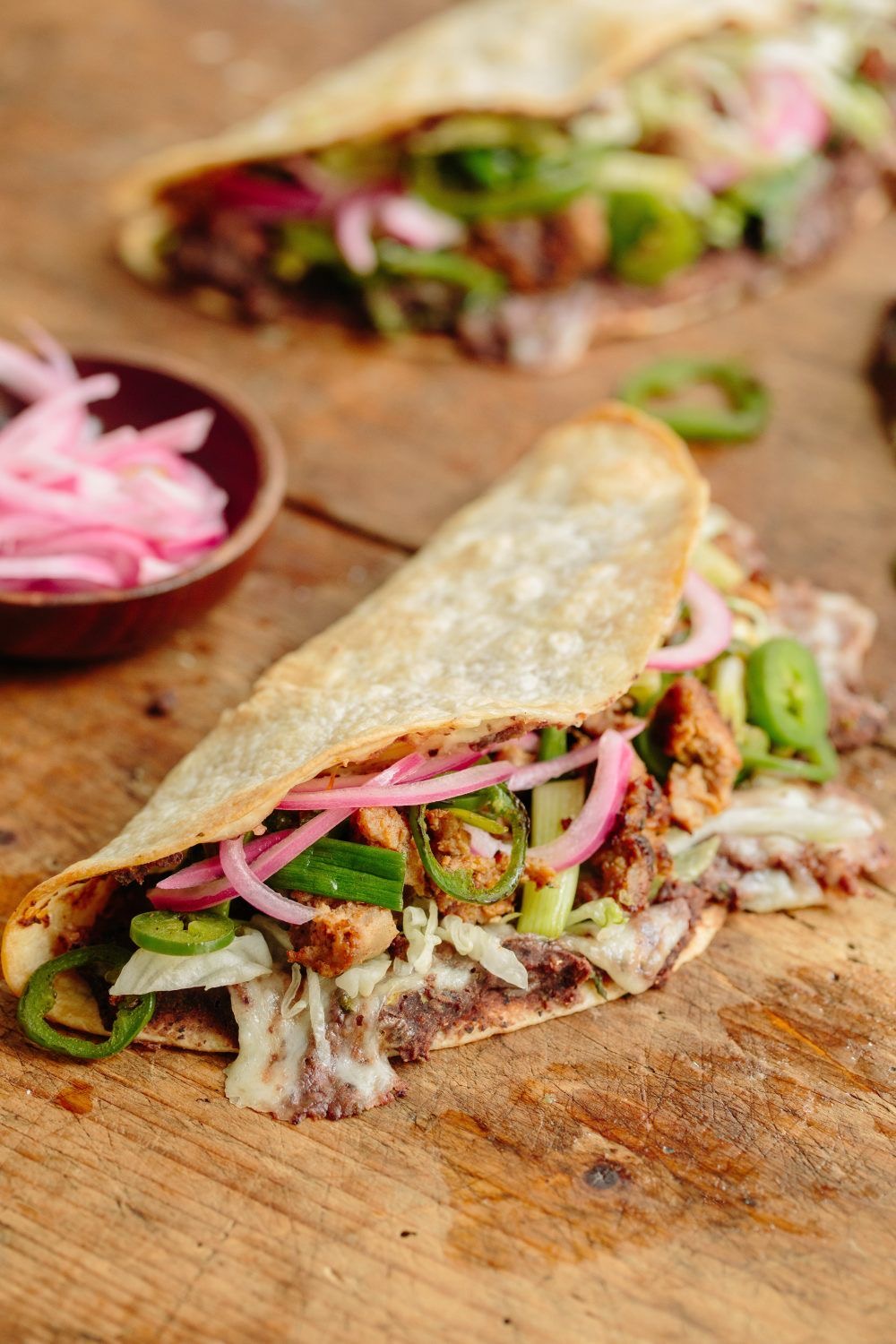

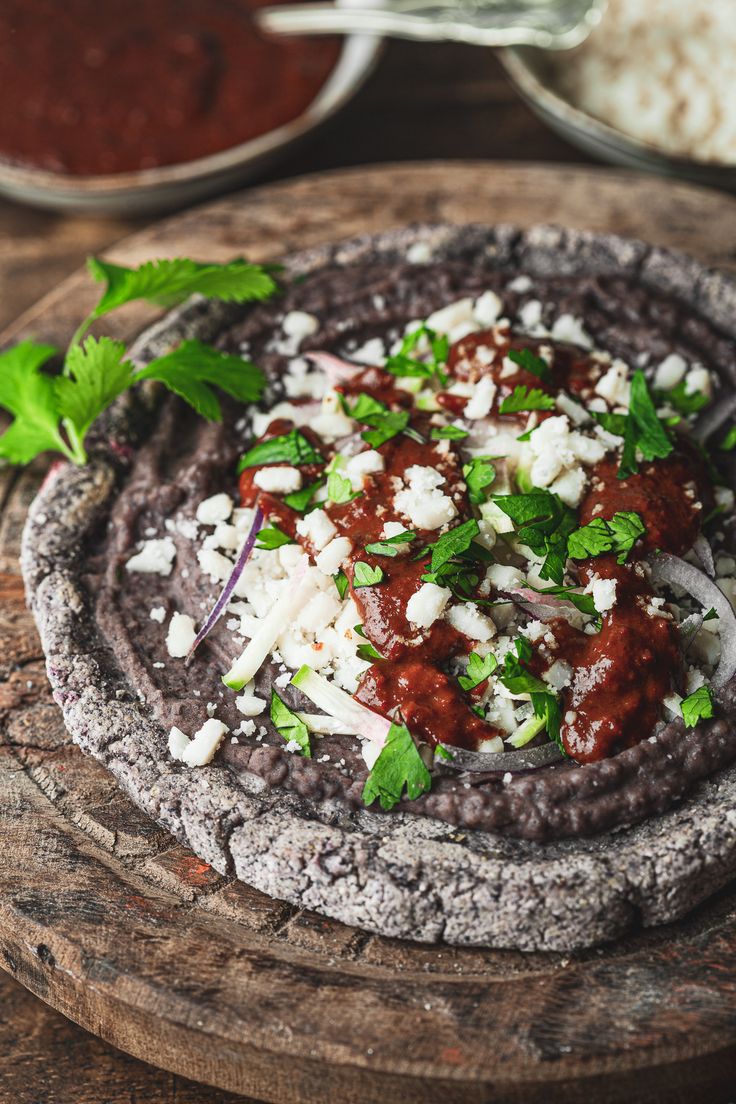
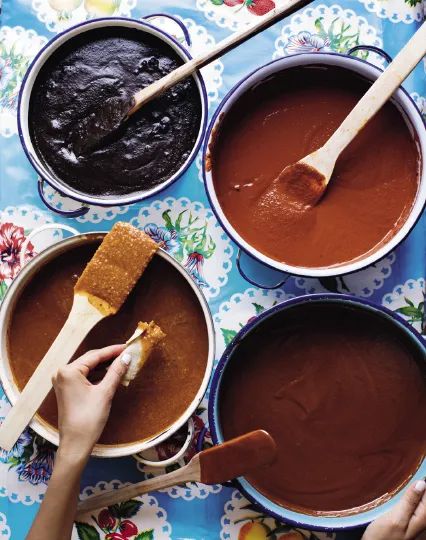

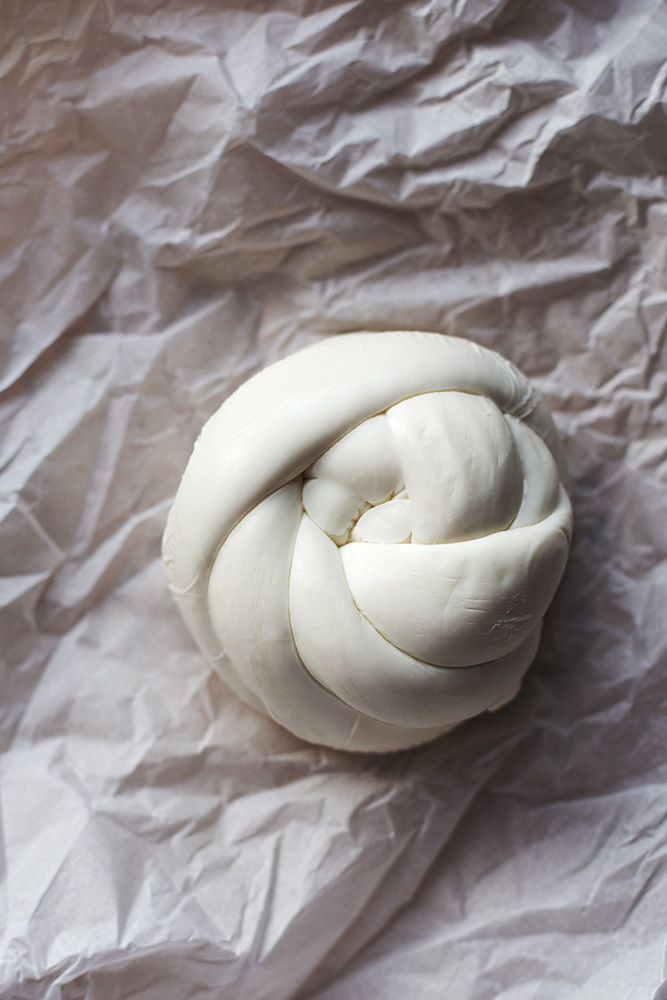
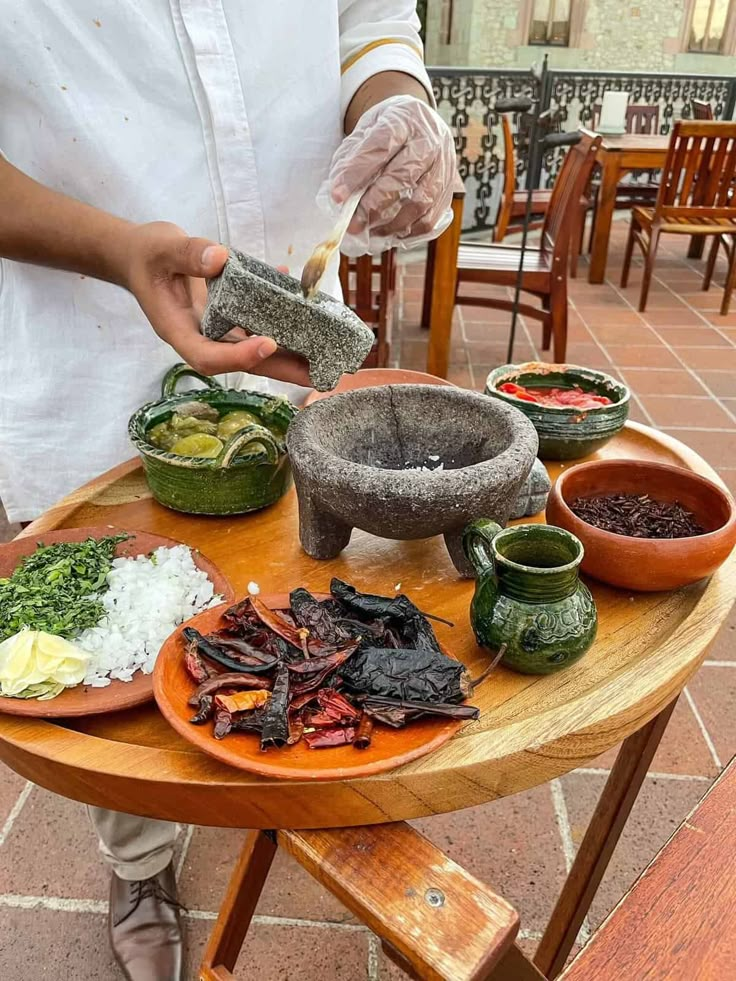


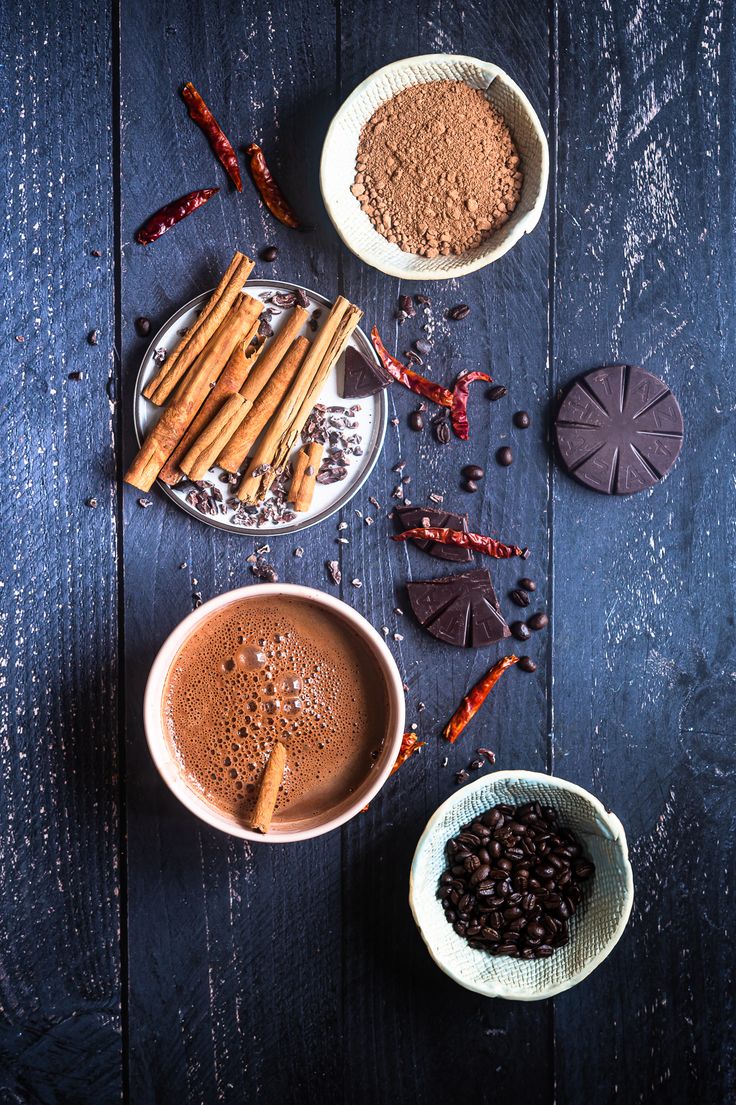
Sneak peek at more culinary wonders from oaxaca's vibrant food scene
Mezcal
Prior to the Spanish arriving in Mesoamerica, agave (maguey in the ancient Nahuatl language of the Aztecs) had been used for thousands of years, and not just for drinking, but for tools, building materials, medicine, clothing, shoes, paper, and more. In indigenous cuisine, agave juice was fermented, and its consumption was often closely linked to religious rituals and reserve for certain social classes. Mezcal, derived from the word Mexicali, meaning ‘cooked agave’ in the ancient Nahuatl language, was born after the Spanish introduced the practice of distillation following the Spanish conquest of 1526.The practices of making spirits that have survived since the Spanish conquest of Mexico remain highly diverse. Copper pot stills, historically used by Europeans, are still in use, as are ceramic stills, which have long ben common in both Asia and Mexico.
Most mezcal producers today continue making mezcal using 16th- century methods, where the heart of the plant is smoked in underground pits for several days before being crushed by a millstone, usually drawn by an ox, horse, or donkey. The pulp is then added into wooden vats for fermentation, followed by at least two distillations in copper or clay/ceramic pots.
These longstanding traditions, combined with the terroir of the region creates a smooth, smoky, strong spirit with about 38%-55% alcohol, depending on the brand. If it’s quality mezcal, it should taste of where it comes from, and it should respect tradition. It’s recommended to drink it neat, and with good company. These days it’s very common to find mezcal in cocktails, but when consumed traditionally, it’s sipped, not shot, and often served in small cups (copitas) with orange slices and sal de gusano, which is a mix of chili, salt, and toasted and ground agave worms.
Mezcal distilleries are called palenques, and are rural, small-scale distilleries that tend to use raw materials from their own lands and mainly produce products for self-consumption within the family and village. This has lead to a highly diverse variety of local mezcals that are produced on a smaller scale than mezcal’s fellow agave-based spirit, tequila, which has been industrialized since about 1900, and large production volumes have been prioritized over diversification. While tequila can only be made with blue agave, mezcal can be made from any agave plant native to Mexico, and nine Mexican states can legally produce it. That said, the heart of mezcal-making lies in Oaxaca, where traditions are deeply entwined with the rural makers, and are strongly protected. While more modern practices could simplify the process, make more product, and make more money, the generations-old practices are part of the magic of mezcal, and the traditions behind the practices appear here to stay.
If you have time, we suggest taking a trip out to the palenques to visit local maker and try mezcal that cannot be purchased in stores. You will need to go with an organized tour in order to visit most makers, and bottles will be provided for you if you choose to purchase mezcal. On these organized trips, you will be invited into personal homes for tastings, and you’ll also be shown the process for making mezcal. It’s fascinating, and you’ll come away with a deep appreciation for just how steep in tradition mezcal making is. And yes, you can bring bottles with you (through an organized trip) and take artisanal mezcal home with you. See the Word document linked at the bottom of the “Oaxaca” page for recommendations where to go and how to organize your trip to the palenques.

